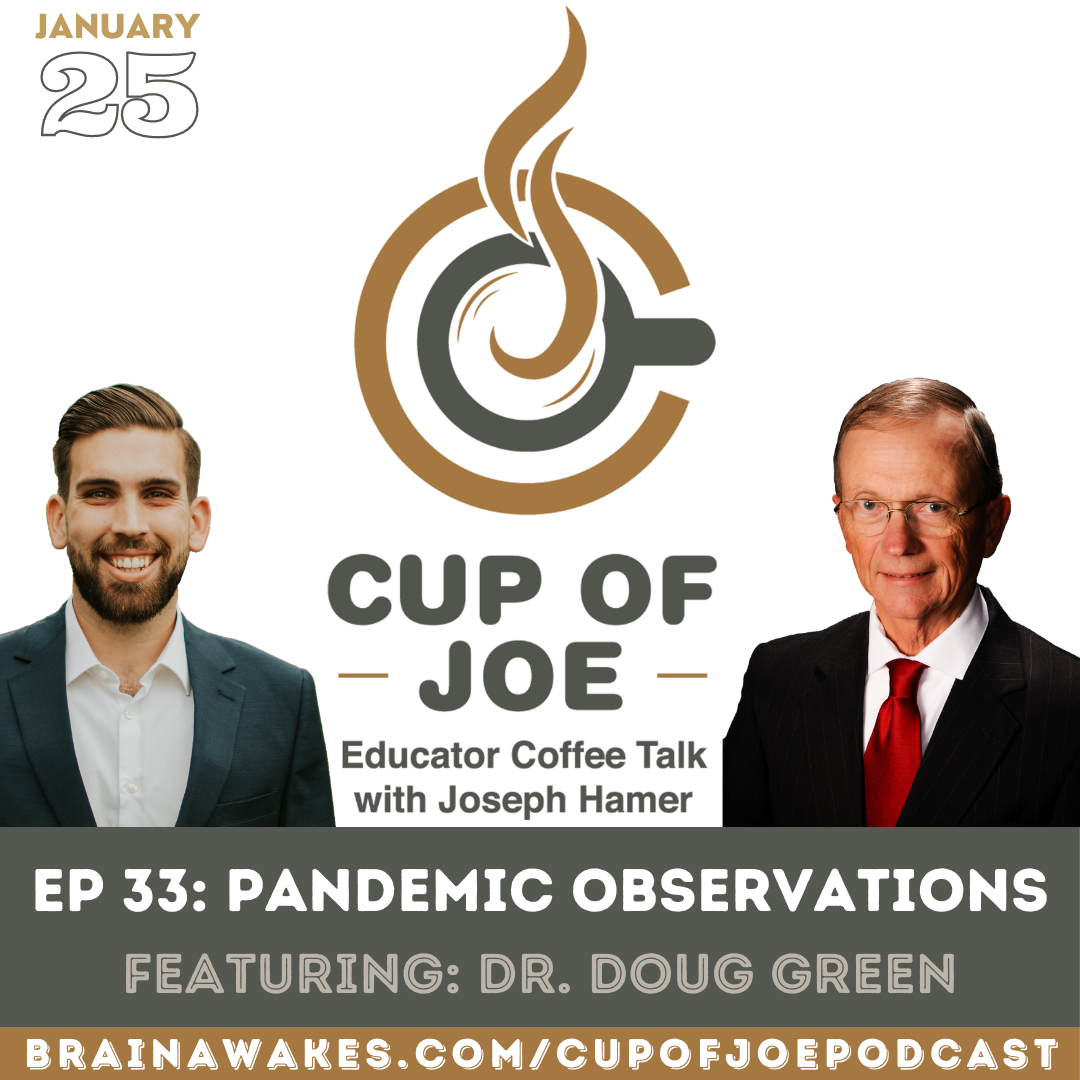
Safe Ways to Encourage Kids to Play and Explore Outdoors by Emily Graham offers excellent advice for parents and teachers about getting kids outdoors for fresh air and exercise. It’s easy to just let them sit around inside and play computer games or watch TV, but with a little effort and this advice, you can make them healthier and more vibrant. Thanks, Emily.
Introduction
- Research shows that more of today’s modern kids are spending their time inside, and parents get to see this firsthand. Today’s kids are busy with their video games, computers, and gadgets, and they’re not getting the fresh air, sunshine, and physical activity they need as a result. Dr. Doug Green shares some ways to encourage your kids to get outside and play safely, and get them out of the house.
Help Them Hunt for Treasure
- Turn outdoor exploration into a fun treasure hunt and make a game out of it. Try an idea from Momtastic and make a list of flowers, plants, trees, birds, and bugs that can be found in your own backyard or in close proximity. Have kids take a photo or draw a sketch of each of these items to add it to their list of found treasures. This is an observation-only event, so kids can use just their eyes to find treasures rather than poking their fingers into strange holes or trying to pluck plants. Kids will end up learning more about the natural world, and have fun doing it.
Stage a Backyard Camping Trip
- You don’t have to go on a road trip to enjoy camping. Set up a tent in your own backyard, lay out some sleeping bags and stage a fun camping adventure that will be much simpler than actually heading out on the road to find a campsite. You can easily keep an eye on the kids while they have their backyard adventure. Give them some fun snack items like trail mix, and stuff to play with like balls and jump ropes. This will keep kids outside instead of glued to their video games.
Just Add Bubbles
- Pretty much every kid loves to play with bubbles, and they can stay busy for hours outdoors having fun with this activity. Mix up your own bubble solution using ordinary dishwashing soap and glycerin, according to What to Expect. Make a bubble wand out of a bent coat hanger, and kids can make enormous bubbles for hours and hours. They’ll have fun blowing bubbles, chasing them around, and seeing how many bubbles they can make.
Build Some DIY Bird Feeders Together
- Make some bird feeders with the kids, and encourage them to watch the birds that come to enjoy your DYI project. You can even turn this into a learning project, and get your kids a book on different birds so they can look up the feathered friends who visit. You don’t need much to make a bird feeder. In fact, an old shoe will work. Take the shoe and nail it directly to a tree or a post. Fill it with birdseed, and watch your avian visitors enjoy their meals. If you’re more creative, you can make a bird feeder out of almost anything, from an old cup and saucer to a used wine bottle.
Outside Safety Tips
- Keep kids safe when they play outdoors by taking some simple safety measures. First, don’t get a trampoline. They cause horrible accidents frequently and should only be used under careful supervision for training and exercise — not recreation. Second, don’t let your kids wear drawstring clothing. Drawstrings are accidents begging to happen because they can come untied and get snagged, cause kids to trip, and get hung up on toys and playground equipment. Thirdly, make sure all your playground equipment is totally safe. It should only be on a soft surface, not hard decking or concrete, and safely away from tall buildings, trees and structures.
- Make sure your kids stay on your property by installing a fence to surround your yard. Fence companies charge an average of $4,500 to install a fence, but peace of mind is priceless. Before hiring a fence installer, it’s a good idea to review customer feedback and ratings. Always get three estimates and make sure the company is insured and licensed.
- Most importantly, keep an eye on your kids when they’re outside. Outdoor play is healthy and good for children, but it can be dangerous. Monitor your kids and take steps to make sure they’re staying safe. You can’t prevent every accident, but there is a lot you can do to make sure your kids avoid accidents and injuries when they’re outside. (Doug: Consider getting a camera or two so you can see your backyard from a TV or computer.)
Photo Credit Pexels.com
Emily Graham
- Emily is the creator of MightyMoms.Net. She believes being a mom is one of the hardest jobs around and wanted to create a support system for moms from all walks of life. On her site, she offers a wide range of info tailored for busy moms — from how to reduce stress to creative ways to spend time together as a family. You can email her at emilygraham@mightymoms.net. She lives in Arizona.
















